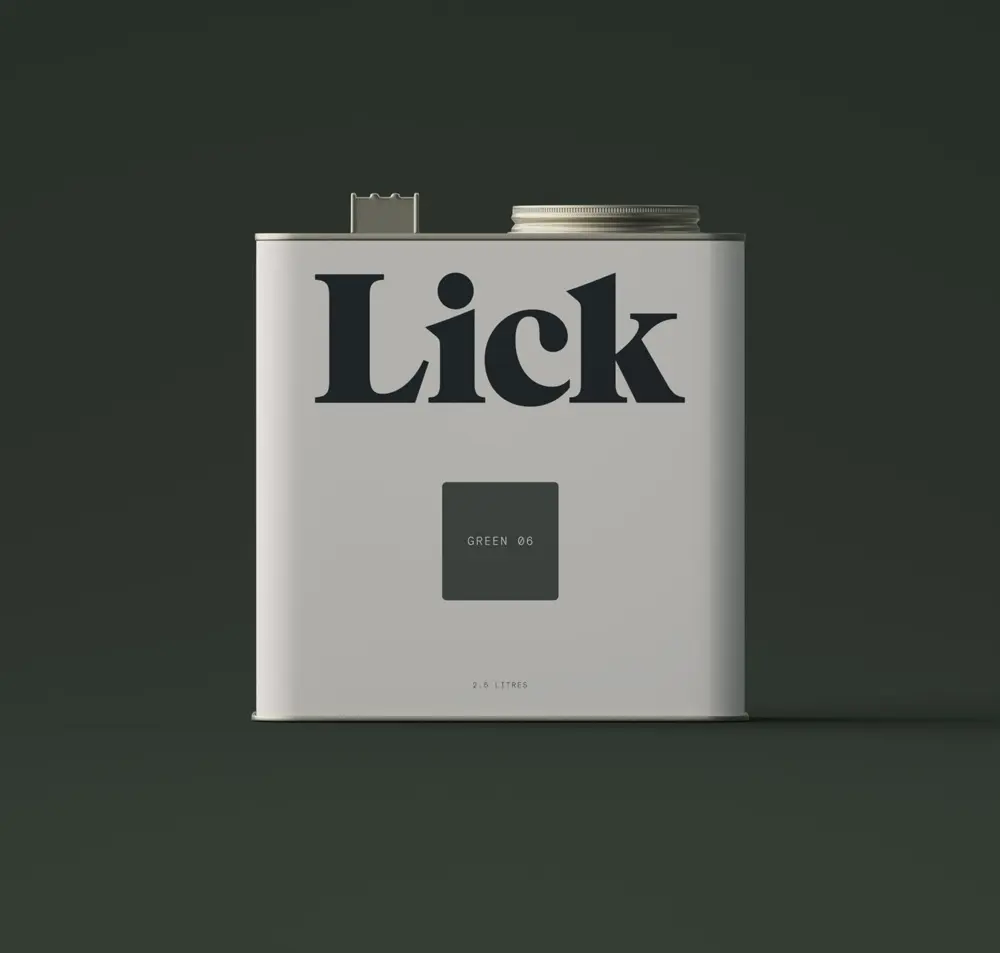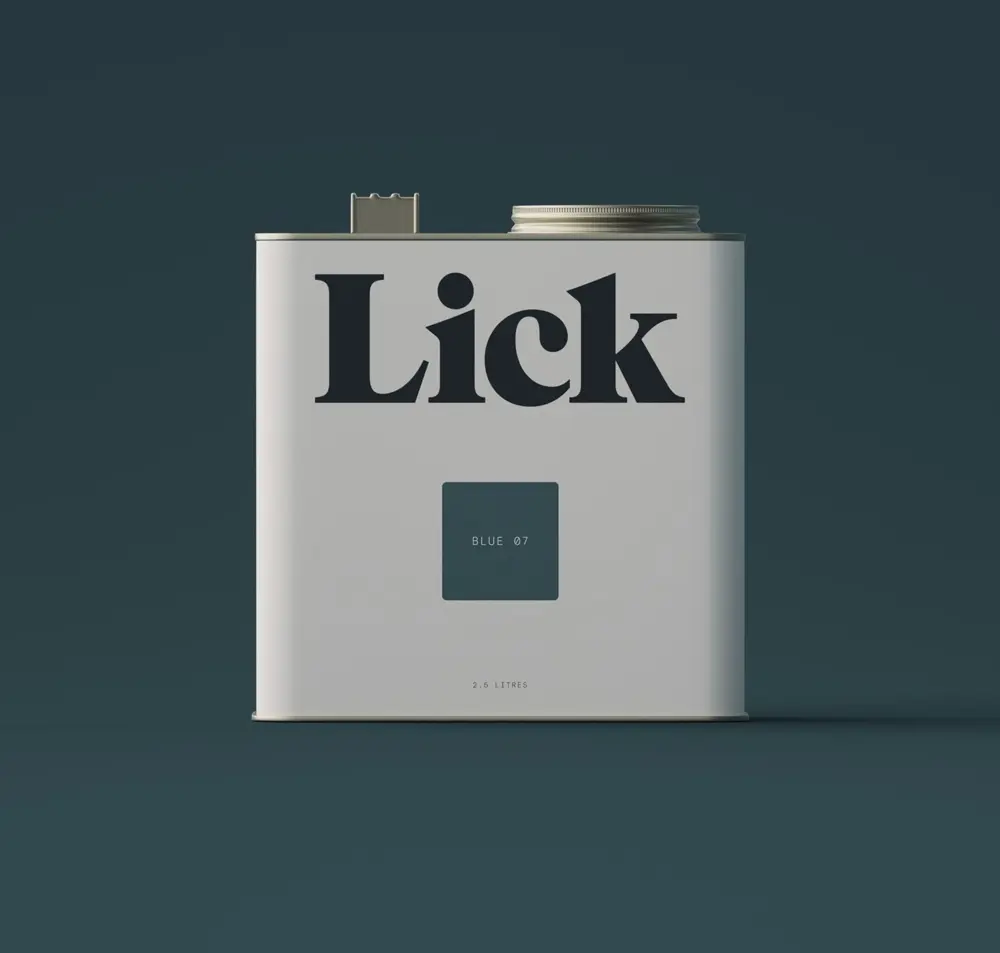Tips on how to make a small room look bigger
- godwinvintage

- Oct 17, 2022
- 6 min read
Updated: Nov 26, 2022
5 tricks interior designers use to visually expand a small space

If you're wondering 'how to make a small room look bigger', then you are not alone. There are several benefits of a smaller space: easier to keep neat and tidy; you need fewer furnishings to fill it up; and it's easier (and less costly) to decorate.
However compact living can certainly present challenges, and this is when the services of an interior designer can be invaluable to help you get the most out of your surroundings.
In this post we have compiled 5 tricks to make your tiny space feel bigger!
Tip #1 - Colour & decoration
People often ask which colours will make a smaller room look bigger, and you may be tempted to just stick with light colours. However, it isn't as simple as just painting all the walls white. If the walls, woodwork, ceiling, moulding/architrave etc in the room are all white, your room may lack character and personality. Sure, lighter walls will reflect the natural light more than darker walls, but adding contrast can trick the eye into thinking that the room if far bigger than it actually is.
For example, creating a darker feature wall and painting the remaining walls a lighter colour can create the illusion that the lighter walls are much further away.
Painting all walls a darker colour and leaving the ceiling white will add height to the room, giving the illusion that the ceiling is a lot higher. Whereas painting the ceiling darker and the walls lighter on the other hand will have the opposite effect and appear as though the ceiling is lower, but the walls are pushed further back.
Don't be scared go dark
People are often afraid to use darker colours on their walls as they believe this will make the room appear smaller. The opposite can often be true, darker colours will absorb the light and actually give the illusion of more space by blurring the edges of the walls.
Another idea is to paint the walls a lighter colour while painting the doors a darker colour. Again the contrast can make it appear that the lighter walls are further away, and darker doors and/or door frames etc can appear to increase the height of the room.
If you like the idea of trying darker tones in your room but are struggling to visualise how it will look, our interior design services can help by creating a mock-up to give you a flavour of how your room could look in darker tones.
Interested in joining the dark side? Then we recommend the following colours from Lick paint for sumptuous, rich walls: Green 06, Teal 01 green paint, Teal 02 blue paint, Teal 03 paint or Blue 07.
Tip #2 - Furniture
Nothing makes a small space feel more cramped than having too much stuff. Try and keep furnishings to a minimum and figure out ways to hide your clutter, organised and behind doors.
Bigger isn't always better
Do you really need a huge 4 seater sofa plus 2 large armchairs? Or would two smaller sofas suffice? Another tip is to avoid big bulky furniture that takes up too much precious space.
Room to breathe
In a smaller room you may be tempted to push all of the furniture up against the wall with an aim to create more space, but doing this can actually have the opposite effect. Furniture against the walls clearly defines the boundaries of the room making it clear that the room is on the pokey side. Allow your furniture to breathe and create a sense of roominess by leaving a little air between the sides of your furniture and the walls. A sleek sofa or chair will provide the same seating area than a huge stuffed padded one, but will take up far less of your room.
While you're at it, make sure none of your furniture is blocking the view into a room. Moving the furniture out of the way of walkways will instantly open up the room making it feel larger.
Show a little leg
Creating the illusion of more space is all about creating a sense of openness. Choosing furniture on legs lifting it up from the floor allows the furniture to breathe, allowing light and air to flow around and under it.
Consider opting for an iconic tulip table designed by Eero Saarinen in the 1950's for that mid-century retro vibe. The single pedestal of this style of table will reduce some of the clutter of table and chair legs, again allowing the space to breath.
Tip #3 - Lighting
The best way to make a room appear larger is with lots of natural light. If you're not fortunate enough to have huge windows in the room, then clever use of artificial light can work wonders.
First and foremost don't rely on a single light source in the centre of the ceiling, as this will pool all of the light in one area and can cast unflattering shadows. Instead, try adding multiple light sources to spread the light more evenly and to lighten those dark corners, drawing the eye around the room. This is a key element to opening up the room and make it appear larger, and it will also give you more control over the ambiance and different moods in the room (check out our blog post on the importance of layering light).
A classic space-making interior design trick is to use see-through or semi-opaque furniture, lamps and other accessories such as a glass lamp shade/base or vase as it can blur the barriers allowing light to flow through and open up the room.
Another common trick is to utilise the vertical space. Using tall thin floor lamps or long pendant lights will draw the eye up and emphasise the height of the room.
Tip #4 - Mirrors
Mirrors are an absolute must in a smaller room to help create a greater sense of openness. Mirrors will reflect the light, but also reflect the view tricking the eye into perceiving more space.
Larger than life
There's no use having a pokey little mirror on the wall - go big and make a feature of the mirror. For a room with no or small windows, using a large window mirror will prevent a sense of claustrophobia by expanding the sense of visual space. A taller mirror will also draw the eye upward, increasing the height of the room and making it feel more spacious, whilst a long mirror horizontally will widen the space.
Large mirrors don't necessarily need to be hung on the wall, they can look great freestanding and leaning against the wall or placed in a corner. Placing some furniture in front of it can soften the glare and create interesting reflections.
Pair the mirror with a light source
This trick can instantly add further depth and light to the room. Place a lamp or flickering candles in front of the mirror for added visual interest.
Tip #5 - Go vertical
Our final tip on creating the illusion of more space in a small room is to go vertical. If floor space is limited, then keep this area clear and hang furnishings to the wall if possible. For example could your TV and media unit be wall mounted to free up floor space? How about ditching those lamp tables and instead have wall mounted or pendant lights. Fix shelves to the walls for your accessories, books and plants, or even hang your plants from the ceiling.
Think vertical storage. Instead of having a wide bookcase taking up lots of precious floor space, could you have a tall slim bookcase instead?
Adding tall mirrors, picture frames or artwork will draw the eye up and provide the feeling of a higher ceiling.
In small bedroom consider floor to ceiling wardrobes as this will not only maximise storage space, but again it will appear to increase the ceiling height.
So there you have it
Our top 5 tips on how to make a small room look bigger. Just remember to consider:
Tip #1: Colour & decoration. Although lighter colours will make a room appear larger, don't be scared to go dark and add an accent wall for example.
Tip #2: Furniture. Small and sleek furniture on legs will open up the space. If you do have a bulkier piece, then use that as a feature/statement piece. Remember not to jam everything right up to the walls.
Tip #3: Lighting. A well lit room will create the illusion of more space. Brighten those corners and add interest by layering light rathe than relying on the one main light source.
Tip #4: Mirrors can help reflect light, but will also create the illusion of a larger space. Go for bigger mirrors to add impact and depth to the room.
Tip #5: Go vertical. Free up some of that precious floor space by utilising the vertical space. opt for wall mounted or tall and slim furniture, shelving, and lighting.
If you would like more advise on how to make a smaller room look bigger or if you would like us to design your dream space, then feel free to drop us a message and ask about our interior design services.







































Comments